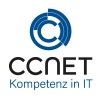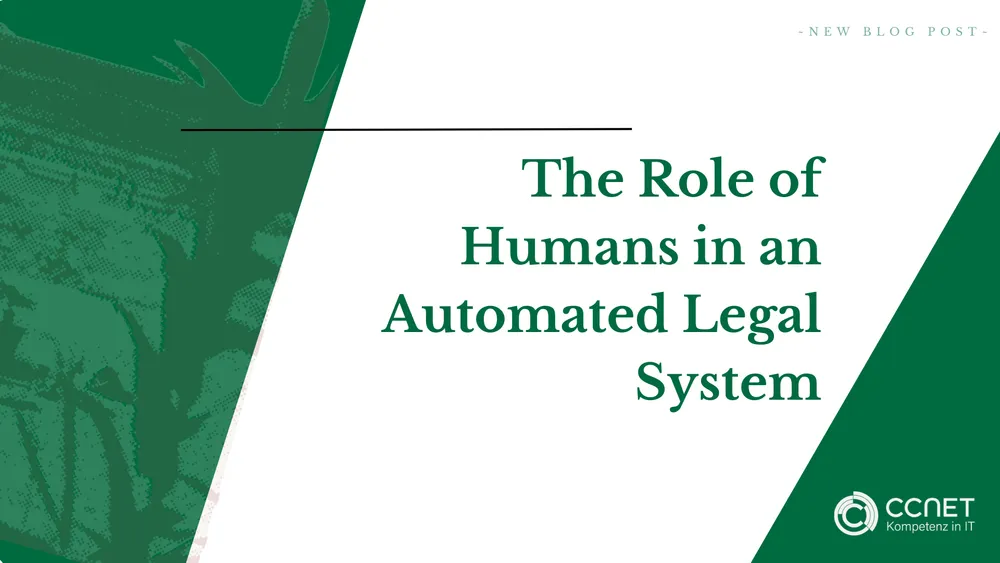
CCNet
Feb 12, 2024 • 3 min read

A deep look into the darkness: the diversity of ransomware attacks
Within the sphere of cybercrime, ransomware has solidified its status as a highly perilous threat. This article takes a comprehensive dive into the diverse forms of ransomware attacks, examining their mechanisms and the challenges they present to both businesses and individuals.
Further information can be found here: IT-Security
Fundamentals of Ransomware Attacks
Ransomware attacks typically begin with the unnoticed infiltration of a system. This can occur through various methods, each with its own complexity and cunning. The most common entry points include:
-
Phishing: This method uses fraudulent emails that deceive the recipient into opening malicious attachments or clicking on infected links. The emails are often designed to appear as if they come from trusted sources, increasing the likelihood of successful deception.
-
Exploit Kits: These automated tools specifically target software vulnerabilities and exploit them to install malware. They are particularly dangerous because they can operate without any user interaction.
-
Drive-by Downloads: In this method, ransomware is spread through infected websites. An unsuspecting click on what appears to be a harmless link can lead to the inadvertent installation of malware.
The Evolution of Ransomware
Over time, ransomware has evolved, becoming more complex and harder to combat. Some notable developments include:
-
Encryption Tactics: Modern ransomware employs advanced encryption methods that make it nearly impossible to decrypt data without the correct key.
-
Wiper Ransomware: This variant permanently deletes or damages data instead of just encrypting it, casting a darkness over data recovery efforts.
-
Double Extortion Approach: In this approach, attackers not only threaten to encrypt data but also to make it public or sell it to third parties if the ransom is not paid, highlighting the diversity of tactics employed by cybercriminals.
Measures Against Ransomware Attacks
Given the growing threat of ransomware, it is crucial to take effective countermeasures. Some important strategies include:
-
Regular Security Updates: Continuously updating software can close many of the vulnerabilities exploited by ransomware.
-
Data Backup: Regular backups are essential to recover data in case of an attack.
-
Employee Training: A well-informed team can prevent many attacks by recognizing and avoiding phishing attempts.
-
Use of Antivirus Software: Reliable security software can detect and stop many attacks before they cause harm.
Further Protective Measures
To further minimize risks, companies should consider additional steps:
-
Advanced Threat Detection: Implementing systems that can detect and respond to advanced threats is crucial. These systems use artificial intelligence and machine learning to identify unusual behavioral patterns that may indicate a ransomware attack.
-
Enhancing Network Security: Strengthening network security through firewalls, intrusion detection systems (IDS), and intrusion prevention systems (IPS) can help prevent attacks before they cause damage.
Conclusion
The threat of ransomware is constantly evolving, and it is essential for defense measures to keep pace with this evolution. By gaining a better understanding of the various attack methods and implementing robust security strategies, businesses and individuals can protect themselves more effectively and minimize the risks of a ransomware attack. It is important for all levels of an organization, from the IT department to top management, to look out for the dangers and collaborate to build a strong defense against ransomware and other cyber threats.
How does ransomware typically enter a system?
Common entry points include phishing emails, exploitable security vulnerabilities via exploit kits, and drive-by downloads from compromised websites.
What is the difference between traditional ransomware and wiper ransomware?
While traditional ransomware encrypts data, wiper ransomware permanently destroys it, making recovery impossible.
What is the double extortion approach in ransomware?
Attackers not only encrypt data but also threaten to publish or sell it if no ransom is paid.
How can companies protect themselves against ransomware?
Through regular updates, secure backups, trained employees, antivirus software, and enhanced network security using IDS/IPS systems.
Why is employee training important in the fight against ransomware?
Informed employees are better at identifying suspicious emails and links, preventing many attacks in advance.
What role does AI play in ransomware defense?
Artificial intelligence helps detect unusual behavior early and initiate automatic countermeasures.
What strategy is most effective against ransomware attacks?
A holistic approach: a combination of technical prevention, awareness, regular data backups, and quick emergency response.


